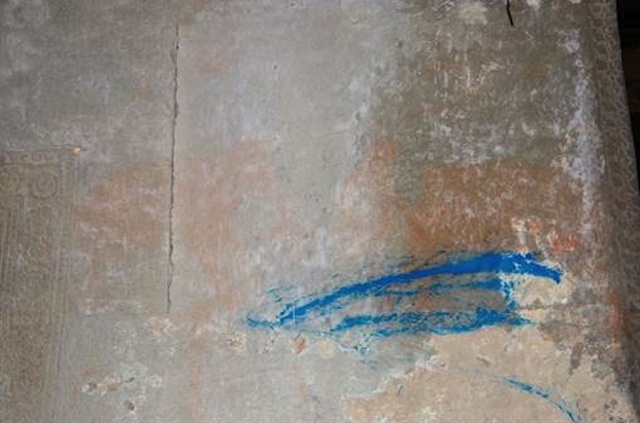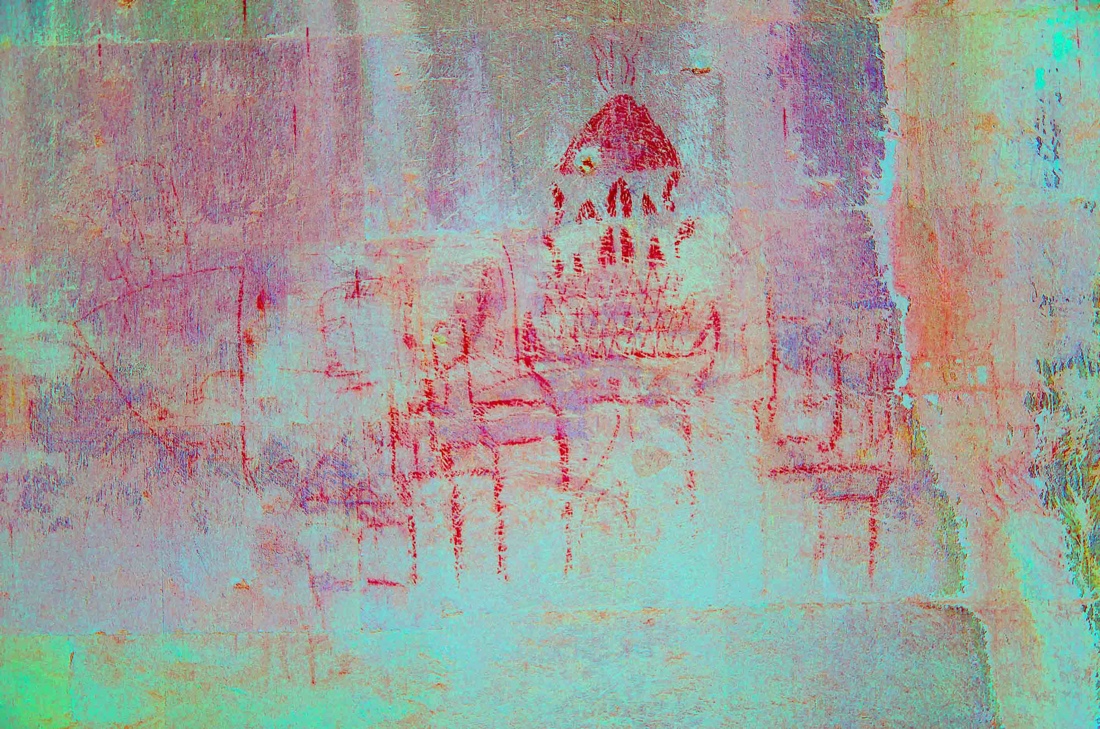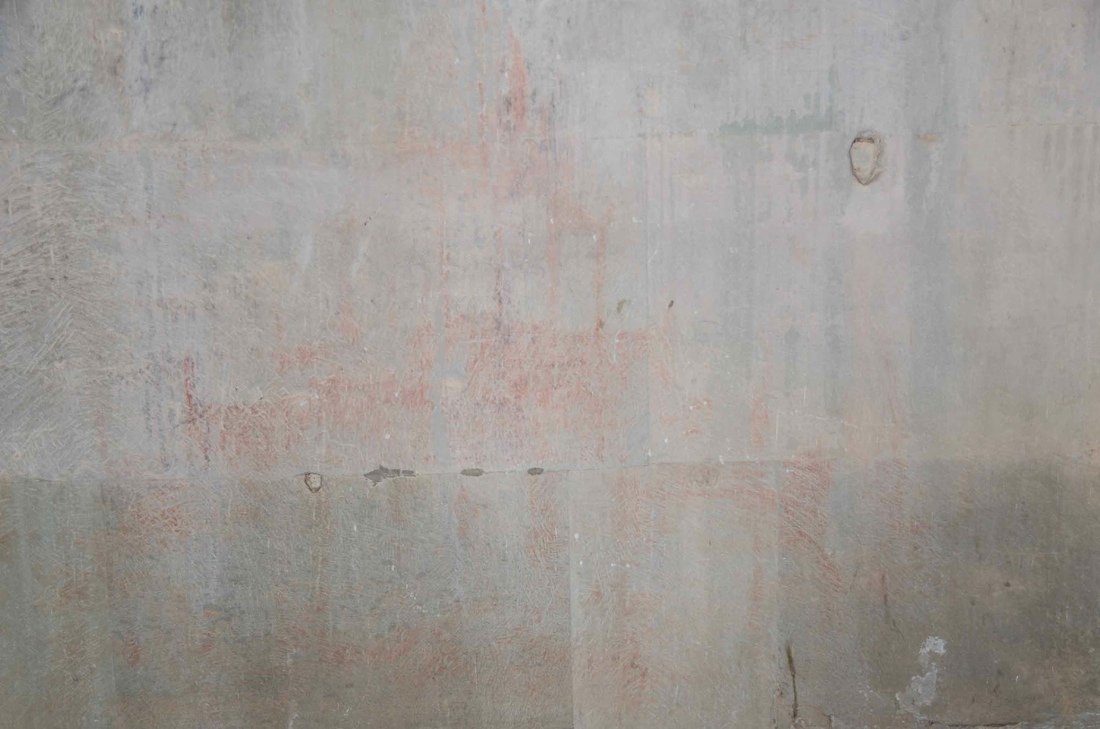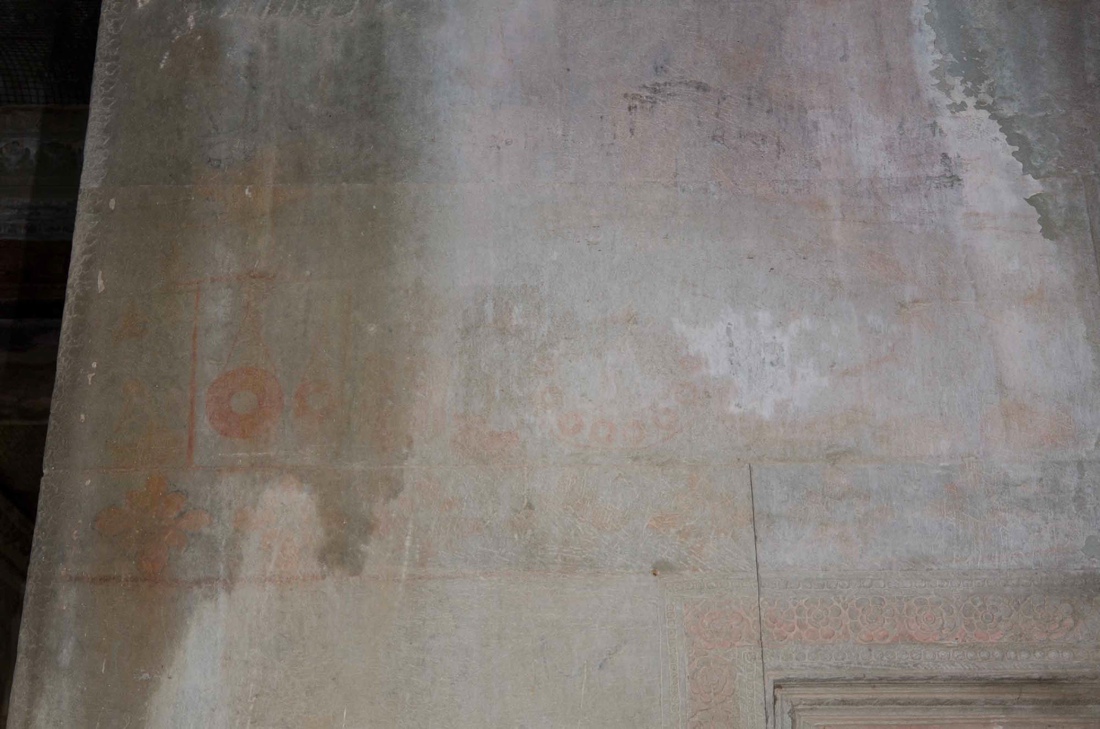Photos: Secret Paintings of Angkor Wat
Secret Paintings

Digitally enhanced images revealed hidden paintings on the walls of Cambodia's Angkor Wat, one of the largest religious monuments in the world, built between A.D. 1113 and 1150. The paintings, once invisible to the naked eye, show elephants, deities, boats, orchestral ensembles and people riding horses, according to a new research article detailed online in May 2014 in the journal Antiquity. [Read full story]
Barely-There Beasts

Subtle traces of paint caught the eye of Noel Hidalgo Tan, a rock-art researcher at Australian National University in Canberra, while he was working on an excavation at Angkor Wat in 2010. To the naked eye, red pigments are barely visible on the walls of Angkor Wat. [Read full story]
Now You See It

A technique called decorrelation stretch analysis, which exaggerates subtle color differences, revealed images like this one showing two elephants facing each other.
Angkor Wat

Aerial view of Angkor Wat, showing the moat and causeway and the central tower surrounded by four smaller towers
Angkor Wat Traces

The digitally enhanced pictures revealed paintings of elephants, lions, the Hindu monkey god Hanuman, boats and buildings — perhaps even images of Angkor Wat itself. [Read full story]
Step Pyramid

Painting of a stepped pyramid structure in the south entrance chamber of the third enclosure, possibly a depiction of Angkor Wat itself. Note the mirror image of the building in the lower register, as if depicting a reflection on water.
Traces of a pyramid

Here, a look at the possible step pyramid before researchers digitally enhanced the image with decorrelation stretch analysis, which exaggerates subtle color differences.
Get the world’s most fascinating discoveries delivered straight to your inbox.
Pinpeat

One chamber in the highest tier of Angkor Wat's central tower, known as the Bakan, contains an elaborate scene of a traditional Khmer musical ensemble known as the pinpeat, which is made up of different gongs, xylophones, wind instruments and other percussion instruments.
Traces of gongs

Here, an image showing red traces of the pinpeat in the south entrance chamber of the first enclosure in the Angkor Wat temple. The hanging gongs on the left are visible without enhancement using so-called decoloration stretch.
Horse Riders at Angkor

In the same chamber of the temple where the pinpeat painting was uncovered (the south entrance chamber of the first enclosure) at Angkor Wat, Tan also found an intricate scene featuring people riding horses between two structures, possibly temples.



